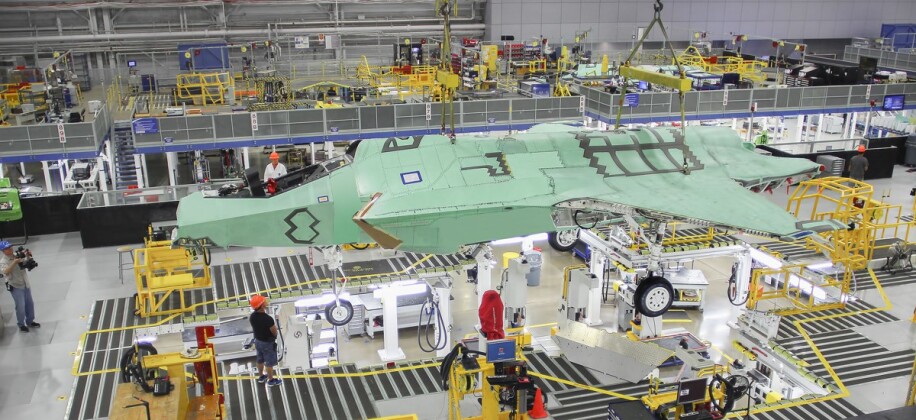News
Belgium Refuses Deliveries of “Technically Unsatisfactory” F-35s: Why Transitioning From the F-16 Poses Challenges
The Belgian Defence Ministry has refused deliveries of the first to F-35A stealth fighters ordered in October 2018, with the aircraft reportedly found to be “technically unsatisfactory” and requiring further software improvements before meeting the Air Force’s standards. Belgium was notably not a partner in the F-35 program as neighbouring Holland, Denmark and Norway were, but chose the fighters in a 2018 tender to replace its U.S.-supplied F-16s over competition from fourth generation fighters such as the French Rafale and pan-European Eurofighter. Brussels notably faced considerable pressure from Paris to select the Rafale, as well as offers of tens of billions of dollars’ worth of investments and industrial cooperation, but ultimately selected the more advanced American fifth generation fighter which has so far never lost a tender against European aircraft. F-35s were initially expected to be delivered at a rate of four per year from 2023-2028, allowing the Belgian Air Force to phase out its F-16s which are currently thought to be under consideration for deliveries to the Ukrainian Air Force as aid. F-16s are now expected to remain in service for longer, with the United States having consistently struggled to keep to schedules for delivering fighters in recent years even for updated variants of Cold War era aircraft such as F-16 Block 70/72s ordered for the Taiwan-based Republic of China Air Force.

Developed under the Joint Strike Fighter program, the F-35 unlike the F-16 was designed primarily with air to ground missions and penetration of enemy air defences in mind, although its advanced sensors and stealth capabilities have still given it an edge over fourth generation fighters better optimised for air superiority missions such as the F-15. The fighter program has been plagued, however, by extreme performance issues with approximately 800 defects still afflicting it – a number which has not changed significantly in well over half a decade due to both the slow speed at which issues are resolved and the continuous discovery of new flaws. These issues have not only left the fighter unviable for high intensity combat, which is not expected to change at least until close to 2030, but they have also seriously undermined its availability rates, imposed billions of dollars’ worth of additional operational costs, and at times placed the lives of the fighter’s operators at risk. A notable recent example was the report from a U.S. Air Force investigation released in June showing that an F-35 destroyed in an accident at Hill Air Force Base in Utah on October 19, 2022 had crashed due to a software issue, which left the pilot unable to abort its landing sequence as it stopped responding and sharply banked to the left.

The F-35’s performance has been very widely criticised by both military and civilian officials, as well as in reports from foreign operators such as South Korea, with its very low availability rates at around 30 percent, and lack of reliability, taking a serious toll on the operational readiness of fleets adopting the aircraft. Despite the age an increased maintenance needs of Belgian F-16s, transitioning from the relatively simple Cold War era jets to the F-35 is expected to cause similar issues. Upgrades to the F-35’s software have notably faced considerable delays, with software issues set to cut production by approximately 50 aircraft in 2023 down to only around 100 airframes with significant consequences for the delivery rates to foreign clients. The F-35 has remained highly popular on export markets despite its very wide ranging shortcomings in performance and reliability due to its status as the only NATO-compatible fifth generation fighter in production, with only China having developed a similarly sophisticated aircraft under the J-20 program albeit as a much longer ranged twin engine heavyweight aircraft rather than a single engine strike fighter.












